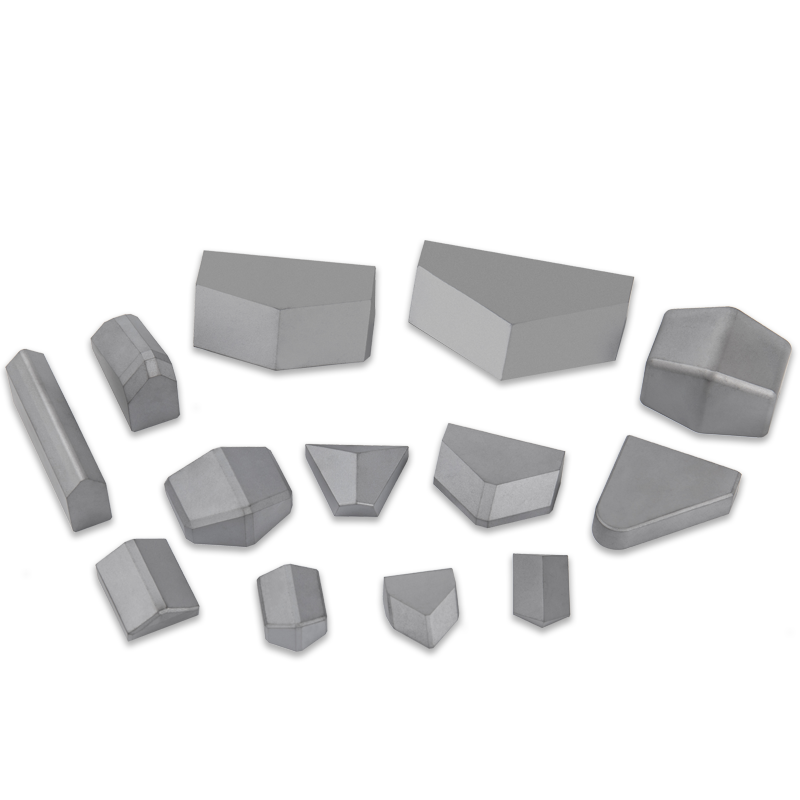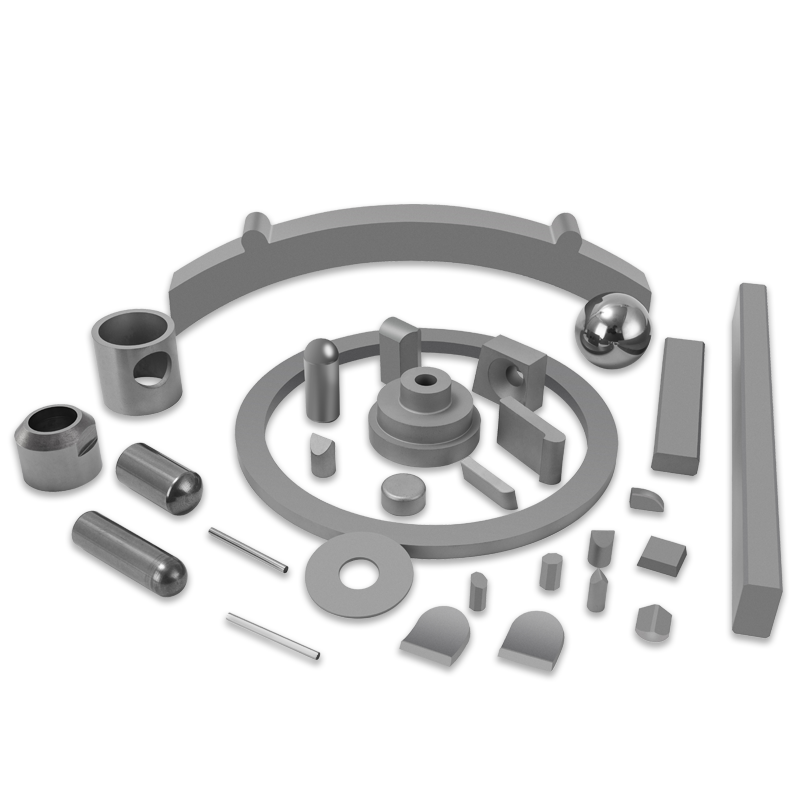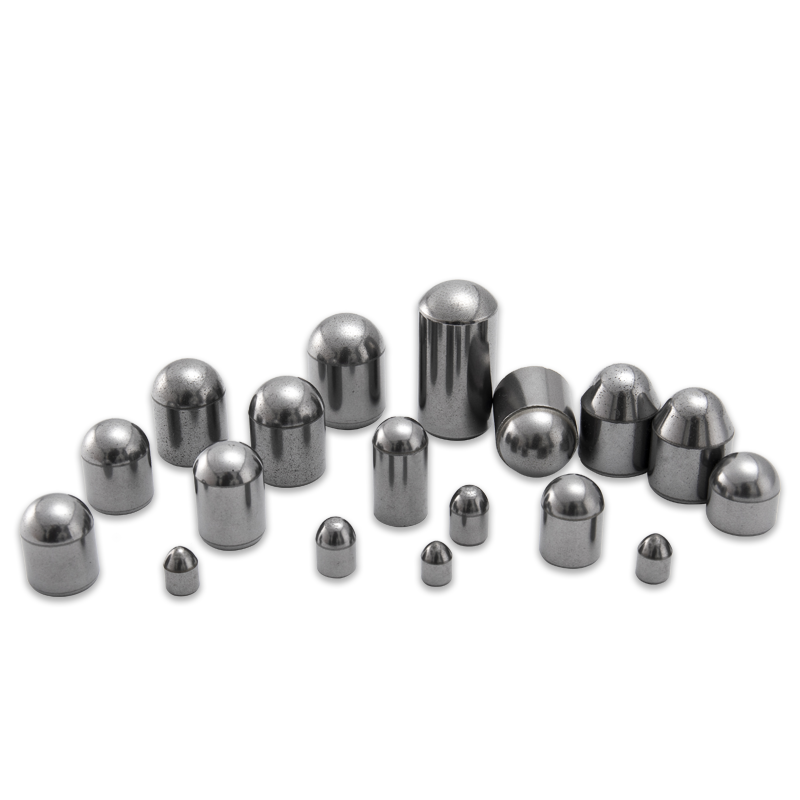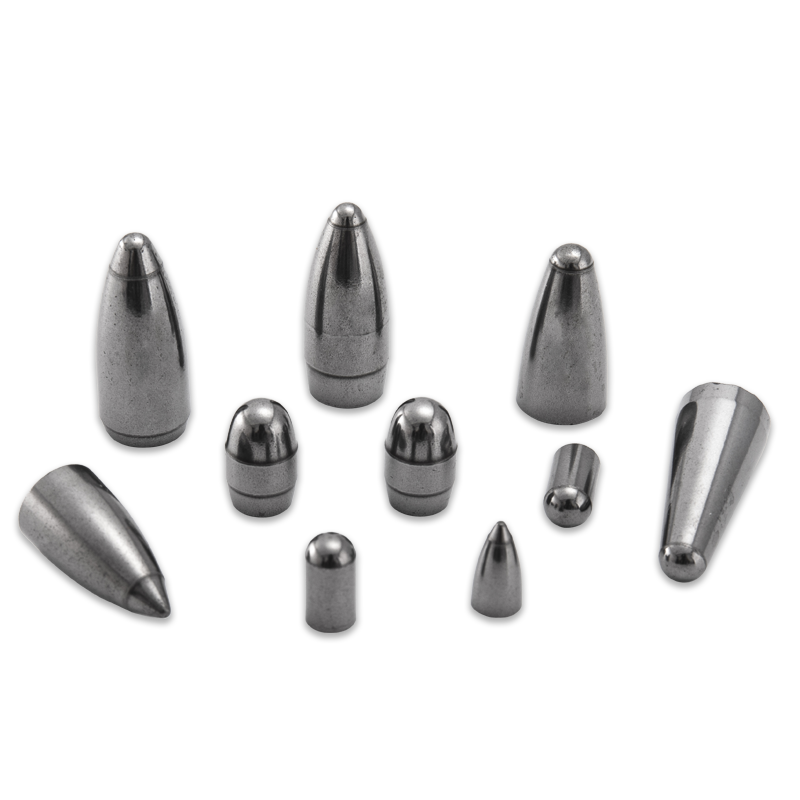Tunneling Through Hard Rock: The Vital Role of Tungsten Carbide Inserts in TBMs
Industry News-Tunnel Boring Machines (TBMs) are modern marvels of engineering, revolutionizing infrastructure development by excavating tunnels with incredible efficiency and precision. At the heart of their cutting power, especially in challenging geological conditions, lies a critical component: Tungsten Carbide Inserts. These small but mighty tools are the sharp edge that allows TBMs to grind through everything from abrasive sandstone to unyielding granite.
The Unrivaled Properties of Tungsten Carbide
Tungsten carbide (WC) is a composite material, a cermet, renowned for its exceptional hardness and wear resistance. It's formed by combining tungsten powder with carbon and then sintering it with a binder metal, typically cobalt. This unique composition gives tungsten carbide inserts several key advantages crucial for TBM applications:
-
Extreme Hardness: Tungsten carbide ranks exceptionally high on the Mohs scale of hardness, approaching that of diamond. This allows it to effectively fracture and abrade even the toughest rock formations.
-
Superior Wear Resistance: The material's inherent toughness means it can withstand the constant friction and impact forces encountered during boring, significantly extending the lifespan of the cutting tools.
-
High Compressive Strength: Inserts must endure immense pressure as they bite into rock. Tungsten carbide's high compressive strength prevents deformation and failure under these extreme loads.
-
Thermal Stability: As TBMs bore, significant heat can be generated at the cutting face. Tungsten carbide maintains its integrity and performance even at elevated temperatures, ensuring consistent cutting efficiency.
Anatomy of a TBM Cutter Head and Insert Integration
A TBM's cutter head is a complex assembly of various cutting tools, and tungsten carbide inserts are fundamental to their operation. These inserts are meticulously brazed or pressed into larger disc cutters, single cutters, or scraper tools, depending on the specific TBM design and the geological conditions anticipated.
Disc cutters are perhaps the most common application for tungsten carbide inserts in hard rock TBMs. These heavy-duty steel wheels, lined with tungsten carbide inserts along their circumference, rotate and roll over the rock face under immense pressure. The concentrated stress from the inserts creates chips and fractures the rock, which is then removed by muck buckets.
The shape and grade of the tungsten carbide inserts are critical design considerations. Common insert geometries include:
-
Chisel Inserts: Used for breaking and chipping rock.
-
Button Inserts: Offer good wear resistance and are often found in disc cutters.
-
Wedge Inserts: Provide robust cutting action.
The grade of tungsten carbide refers to the specific composition of tungsten carbide particles and cobalt binder. Different grades are formulated to optimize properties like hardness, toughness, and wear resistance for varying rock types – from highly abrasive, softer rock to extremely hard, less abrasive formations.
The Science Behind the Cut: How Inserts Engage Rock
When a TBM's cutter head rotates, the tungsten carbide inserts on the disc cutters or other tools make direct contact with the rock face. The cutting action involves a combination of:
-
Indentation and Crushing: The sharp points of the inserts indent the rock, creating high stress concentrations that lead to localized crushing and fracturing.
-
Shearing: As the cutter head rotates, the inserts shear off rock chips along existing weaknesses or newly created fractures.
-
Abrasion: Even with fracturing, a degree of abrasive wear is unavoidable as the inserts rub against the rock. The high wear resistance of tungsten carbide minimizes this effect, prolonging tool life.
The effectiveness of this process is heavily influenced by factors such as the thrust force applied by the TBM, the rotational speed of the cutter head, and the precise geometry and spacing of the inserts.
Challenges and Advancements in Insert Technology
Despite their remarkable properties, tungsten carbide inserts face significant challenges in the demanding environment of tunnel boring:
-
Wear and Tear: Even the hardest materials eventually wear down. Abrasive rock, high impact forces, and heat can lead to insert blunting, chipping, or even complete breakage, necessitating frequent (and costly) replacements.
-
Heat Generation: High friction at the cutting face generates substantial heat, which can soften the cobalt binder in the tungsten carbide, reducing its hardness and wear resistance.
-
Vibrations and Impact: TBM operations often involve significant vibrations and sudden impacts, which can contribute to insert fatigue and failure.
To address these challenges, continuous research and development are ongoing in the field of tungsten carbide insert technology:
-
Improved Grades: Manufacturers are developing new tungsten carbide grades with enhanced toughness, higher hot hardness, and better resistance to specific wear mechanisms.
-
Advanced Coatings: Thin, hard coatings (e.g., PVD or CVD coatings) can be applied to inserts to further improve their wear resistance and reduce friction.
-
Optimized Geometries: Research into new insert shapes and patterns aims to improve cutting efficiency, reduce stress concentrations, and prolong tool life.
-
Enhanced Brazing Techniques: Stronger and more resilient brazing alloys and methods are being developed to ensure a secure bond between the tungsten carbide insert and the steel tool body, preventing premature detachment.
Conclusion
Tungsten carbide inserts are unsung heroes of modern tunneling. Their unique combination of extreme hardness, wear resistance, and strength enables TBMs to push the boundaries of infrastructure development, making once-impossible projects a reality. As geological conditions become more challenging and the demand for efficient tunneling grows, continued innovation in tungsten carbide insert technology will remain paramount, ensuring that TBMs can continue to bore through the toughest of challenges with precision and power.


 English
English русский
русский





